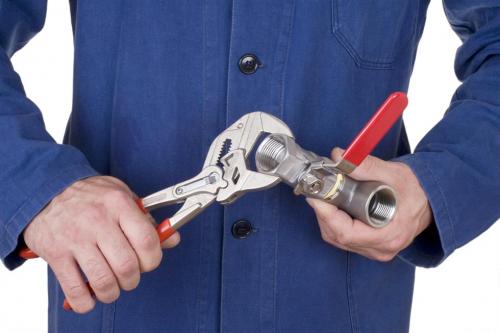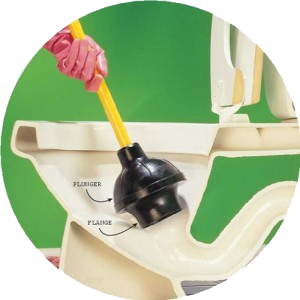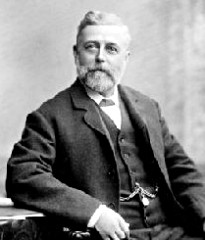Plumbing 101 with your Golden Plumbers
 How much do you know about your plumbing system? You don't have to know much, as long as you have plumbing contractors you can count on, but it still helps to know how to keep your appliances, fixtures, and pipes running for as long as possible. That's why we've put together a few tips from our master plumbers in Golden, CO about some of the most common questions that we hear on a daily basis.
How much do you know about your plumbing system? You don't have to know much, as long as you have plumbing contractors you can count on, but it still helps to know how to keep your appliances, fixtures, and pipes running for as long as possible. That's why we've put together a few tips from our master plumbers in Golden, CO about some of the most common questions that we hear on a daily basis.
What can I put down my garbage disposal?
It really depends on your model of disposal. For the vast majority of units, avoid stringy vegetables, like celery, starchy foods, like potatoes and pasta, harder bones, such as steak bones, and egg shells. Some units actually benefit from softer bones, like chicken bones, since they can scour the inside of your unit while being processed. Most garbage disposals can handle some of these foods if run with a generous amount of water, but it's best not to make a habit of it. Ask your Golden, Colorado plumber for more information about your unit, or consult your manual.
What can I put down my toilet?
Absolutely nothing but waste and toilet paper should ever go down your toilet. Many people mistakenly flush paper towels and paper napkins, but this is one of the easiest ways to clog a toilet. Toilet paper is designed to quickly disintegrate in water, but have you ever seen the paper towel commercials where they brag about how much liquid their towels can soak up? Since they're designed to swell and retain as much water as possible, they're one of the wost things you could put down your toilet.
Cleaning tablets are also a horrible thing to put in your toilet tank. When they begin to dissolve, pieces can get stuck in the holes that lead from your tank to the bowl, leading to poor flushing strength and performance. Sure they'll dissolve eventually - but they're usually designed to stick around for months.
Why does my guest toilet clog up more often than the master toilet?
Many master bathroom plumbing systems are designed in a way that lets waste water from your shower help flush debris from your toilet's waste pipes. Your guest bathroom's toilet may be too far from a frequently-used shower to get the same benefit, and may back up more frequently as a result.
Which appliance or fixture uses the most water?
 Nothing in your home uses more water than your toilet. An older model typically uses over 3.5 gallons per flush, but can use up to five. Newer models typically use about 1.6 gallons per flush, and some models can use as little as a gallon. With the older models, toilet usage can account for over 26% of your home's water bill, and over 7,000 gallons used a year.
Nothing in your home uses more water than your toilet. An older model typically uses over 3.5 gallons per flush, but can use up to five. Newer models typically use about 1.6 gallons per flush, and some models can use as little as a gallon. With the older models, toilet usage can account for over 26% of your home's water bill, and over 7,000 gallons used a year.
That's why it's important to fix all toilet leaks right away. A leaky or constantly-running toilet can use as many as 5,000 gallons in a single month. If your toilet is running, don't hesitate to call our Golden, CO plumbers.
What's a really cheap way to save water?
Your washing machine can use over 20% of the water in your household. Don't run anything less than a full load of laundry, and experiment to find the lowest settings on your appliance that will leave your clothes fully washed.
What's a really cheap way to save water without changing usage habits?
A normal shower head puts out between five and fifteen gallons per minute, which can add up quickly. Shower heads with flow control devices can cut that usage by fifty to seventy percent, making them one of the easiest ways to save water in your  home without significantly changing your usage habits.
home without significantly changing your usage habits.
Was the toilet really invented by a man named Crapper?
Thomas Crapper was actually the first big salesman of the modern flushing toilet, near the end of the 1800s. Several inventors added different pieces to the design, like the siphon flush system, the ball cock, and the curved drain piping, but ancient flushing toilets have been found in archeological digs in the middle east and China, dating back over two thousand years. If anyone can be called the father of the modern flushing toilet, it would be Sir John Harington, who created the design in the late 1500s.